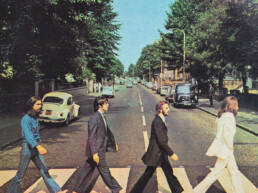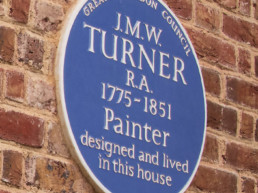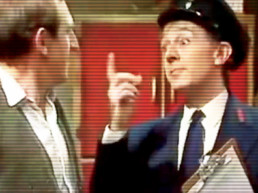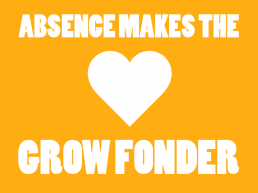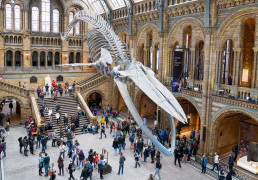
Can design boost footfall?
As a branch of visual communication, graphic design has for many decades played its part in attracting visitors to places and attractions. Some of the earliest exponents of this medium were London Transport who commissioned leading artist designers of the times, such as Edward McKnight Chauffeur and Paul Nash to illustrate posters for attractions which included the Natural History Museum. The bold graphic style of these encouraged the idea that everything London had to offer was accessible by travel on bus, tram or train when getting there and back was also part of the adventure.
Many decades later, these works have aged so well that to many, they represent the high watermark of graphic design. Nowadays, visitor attractions employ their own designers to create campaigns with varying degrees of success. So how is it possible these designs are able to influence visitor numbers?
Planting seeds
By being able to turn the essence of a visitor attraction into something unique and eye-catching with an underlying message demands a high level of creativity to achieve. When done well it engages the intended target, starts building a relationship and puts ‘the place’ firmly on their radar. If over time this message is reinforced and the target is reminded (repetition) there is a good chance they will pay a visit when the time is right. Repeated x amount of times and hey presto this should, in theory, lead to an increase in overall numbers.
If this sounds too simple to be true it probably is. There are many things design doesn’t have the capacity to achieve in removing barriers or breaking down negative preconceptions. The perception of a high admission charge may be an issue, so the challenge in this situation would be to show the attraction’s ‘value’. Or if a place is historically perceived as being a bit off the beaten track and distance is putting people off, then creating a powerful design that focuses on an incentive or reward may be part of the solution.
Above all, people’s attention will gravitate to a visual message if it’s relevant to them, taps into their interests and creates the desire to experience something different.
Paints and Canvases
At TCE we talk about paints and canvases. The ‘paint’ being the creative solution and the ‘canvas’ being the place where it is seen. We believe it’s as important to devote as much thought to the ‘canvas’ as it is to the ‘paint’. For instance, as an alternative to paid media many attractions are blessed with an abundance of ‘real estate’ to communicate their messages.
While being sensitive to planning restrictions and setting, proximity advertising can be an effective means in providing the final push to get people over the line, or hook in casual passing trade. For a recent visitor engagement project for St Paul’s Cathedral, our campaign idea originated from an apocryphal tale of a Californian gold digger whose efforts fell agonisingly short because he gave up just “three feet from gold”. Our series of designs was intended to persuade people who were seemingly content to see the building from the outside, that they were only feet, moments, a few steps or a whisper away from experiencing another side of St Paul’s.
So returning to the central question, can graphic design boost footfall? The answer has to be yes, if the visual communication is based on a powerful truth and has at its heart a single-minded memorable idea.
Related Posts
16th November 2023
Ticket to ride
Since the Elizabeth line opened, Beatles fans not familiar with London are reportedly getting lost looking for the famous zebra crossing on the Abbey Road album in Abbey Wood.
7th July 2023
Seeing the Light
Tomorrow sees the opening of a new exhibition at Turner’s House. For the first time, the general public can experience the profound impact that Turner’s time in Italy in 1819 had on this much-loved ‘painter of light’.
6th December 2021
On community funding
This short two-minute video may just change your perspective on what’s possible at the moment, both for community-based projects and also for design creatives.
6th October 2021
The Adventure Continues…
So what do you think might be the common thread between these much-loved British sitcoms: Dad’s Army, Rising Damp, the Likely Lads, The Good Life, Up Pompeii and Porridge?
28th April 2020
Our response #AMTHGF
During these difficult times, our focus has been on those who rely on ‘footfall’ in particular arts venues, tourist attractions, and heritage sites.
18th November 2019
Destination branding
It’s always interesting to visit WTM… especially when you haven't been for a few years. So earlier this month, after a three-year break, l headed to ExCel.


